
Hillary Clinton 2016 vs. Kamala Harris 2024: Campaign Strategies, Missteps, and the Fight for the Latino Vote
Clinton's 2016 and Harris' 2024 campaigns against Trump shared missteps, strategic gaps, and missed Latino outreach opportunities.
The 2016 and 2024 U.S. presidential elections saw two Democratic women, Hillary Clinton and Kamala Harris, facing off against Donald Trump. While both campaigns had moments of hope and resilience, they ultimately resulted in defeat to the unpredictable and polarizing figure that is Trump. We take a deep dive into the political campaigns of Hillary Clinton in 2016 and Kamala Harris in 2024, detailing their missteps, contrasting their political styles, and exploring their attempts to secure the Latino vote. We also look at the things they could have done differently to possibly change the outcomes of their respective campaigns.
Missteps in Clinton's 2016 Campaign
Hillary Clinton entered the 2016 campaign with significant political experience, having served as First Lady, a U.S. Senator, and Secretary of State. However, her campaign was marred by a series of missteps that ultimately hindered her ability to connect with the American public.
One of the most significant errors was Clinton's handling of her email scandal. The ongoing FBI investigation into her use of a private server while she was Secretary of State gave Trump the ammunition he needed to paint her as untrustworthy. Despite being cleared of criminal charges, the perception of impropriety stuck, and her infamous "basket of deplorables" comment only fueled her critics further, alienating a section of the electorate that felt marginalized by the political elite.
Moreover, Clinton's campaign seemed to underestimate the threat Trump posed. They focused too heavily on appealing to moderate Republicans who found Trump unpalatable and did not engage deeply enough with disillusioned voters in key battleground states. Clinton did not campaign extensively in the Rust Belt, particularly in states like Wisconsin, which she lost by a narrow margin.
Harris' 2024 Campaign Missteps
Kamala Harris' 2024 campaign had its own challenges. As the sitting Vice President, Harris was tasked with leading the Democratic charge to prevent a second non-consecutive term for Donald Trump. Despite her high-profile role, Harris struggled to distance herself from the negative perceptions of the Biden administration—including inflation, rising crime rates, and lingering issues related to immigration.
One of the major missteps was Harris' inability to clearly communicate a consistent and compelling vision. While she tried to emphasize her progressive stance on issues like climate change and healthcare, many voters found her messaging inconsistent, as she often veered between a pragmatic centrist approach and more progressive rhetoric. This lack of cohesion hurt her ability to rally both the progressive base and moderate voters.
Additionally, Harris had difficulty navigating her public image. While her supporters viewed her as a historic candidate, her detractors focused on moments that seemed to portray her as unprepared or out of touch. During crucial debates and campaign stops, there were moments when her answers seemed evasive, which contributed to a narrative that she lacked authenticity. Much like Clinton, Harris also struggled with attacks questioning her competence and integrity, a phenomenon that reflected the gendered challenges both candidates faced.
Comparing Political Styles
Hillary Clinton's political style can best be described as calculated and policy-driven. She was meticulous in her approach, often providing detailed policy proposals and focusing on her wealth of experience. Clinton leaned into her image as a knowledgeable stateswoman, emphasizing continuity and competence. However, this often came across as overly technocratic, which made it difficult for her to connect with working-class voters who felt disconnected from the political establishment.
Kamala Harris, on the other hand, adopted a more charismatic and emotive campaign style. She sought to engage voters on a personal level, often talking about her background as a child of immigrants and her career as a prosecutor and senator. Harris tried to position herself as a "fighter for the people," someone who understood the struggles of everyday Americans. However, this approach sometimes lacked the policy depth that Clinton offered, making it difficult for her to combat Trump’s simplistic yet effective messaging.
Both candidates struggled to counter Trump's populist rhetoric. Clinton's intellectual approach and Harris' emotive appeal both fell short against Trump's ability to tap into voters' fears and frustrations with a system they believed was rigged against them.
RELATED CONTENT
Campaigning for the Latino Vote
The Latino vote has been a critical demographic for Democrats, and both Clinton and Harris worked hard to court this group—but with mixed results.
In 2016, Hillary Clinton enjoyed strong support from Latino voters, largely due to Trump's incendiary comments about immigration and his promise to build a wall along the U.S.-Mexico border. Clinton campaigned on immigration reform and emphasized her support for DACA (Deferred Action for Childhood Arrivals), which resonated with many Latino voters. However, her outreach was seen by some as lacking depth, with criticisms that her campaign treated Latinos as a monolithic voting bloc rather than a diverse community with varying priorities.
Kamala Harris faced a more challenging landscape in 2024. By this point, Trump had made inroads with Latino voters, particularly among those who appreciated his economic policies and stance on social conservatism. Harris attempted to appeal to the Latino community by emphasizing her immigrant background and her commitment to economic opportunities and immigration reform. Despite her efforts, her campaign was criticized for not spending enough time in key Latino-heavy states like Florida and for failing to effectively counter Trump's outreach to Latino small business owners, many of whom felt left behind by the Democratic Party.
What Could Have Been Done Differently?
In hindsight, there are several strategic changes both campaigns could have made to potentially alter their outcomes.
- Stronger Ground Game in Key States: Both Clinton and Harris underestimated the importance of a strong grassroots presence in critical battleground states. Clinton's decision to neglect Wisconsin and Harris' failure to connect with Latino voters in Florida are prime examples of missed opportunities that could have changed the electoral map.
- Clearer, More Consistent Messaging: Clinton's detailed policy discussions and Harris' fluctuating between progressivism and centrism left voters confused. A more consistent message, one that balanced policy detail with emotional resonance, might have allowed both candidates to appeal more broadly. Both campaigns could have benefited from simplifying their messaging to counter Trump’s soundbites.
- Authentic Engagement with Voters: Clinton and Harris both struggled with authenticity. Clinton's scripted style and Harris' moments of evasiveness hurt their campaigns. Spending more time in unscripted environments, participating in town halls, and directly addressing voters' concerns might have helped them appear more relatable and trustworthy.
- Targeted Latino Outreach: Both candidates needed more nuanced strategies to engage with the Latino community. Clinton could have invested more effort in understanding and addressing the diverse needs within the community, while Harris should have worked harder to counter Trump's narrative and build stronger connections with Latino business owners and conservatives.
- Digital Campaign Strategies: By 2024, digital campaigning had become even more critical. Harris' campaign could have learned from Trump's digital savvy by using social media more effectively to energize her base and combat misinformation. Clinton, too, could have benefited from a more robust social media presence to counteract Trump's relentless attacks in 2016.
The campaigns of Hillary Clinton in 2016 and Kamala Harris in 2024 offer crucial lessons for future Democratic candidates facing off against populist opponents like Donald Trump. Both women had impressive resumes and historic opportunities but faced significant hurdles that prevented them from connecting with the electorate as effectively as needed. Their missteps, from neglecting key states to inconsistent messaging and inadequate outreach to the Latino community, ultimately contributed to their defeats.
While Clinton's campaign was too technocratic and Harris struggled to strike the right balance between progressive ideals and pragmatic policies, both had paths to victory that might have been realized with a different approach. Future candidates will need to learn from these experiences—building stronger grassroots networks, crafting clearer messages, and authentically engaging with diverse communities—to succeed in an increasingly divided political landscape.


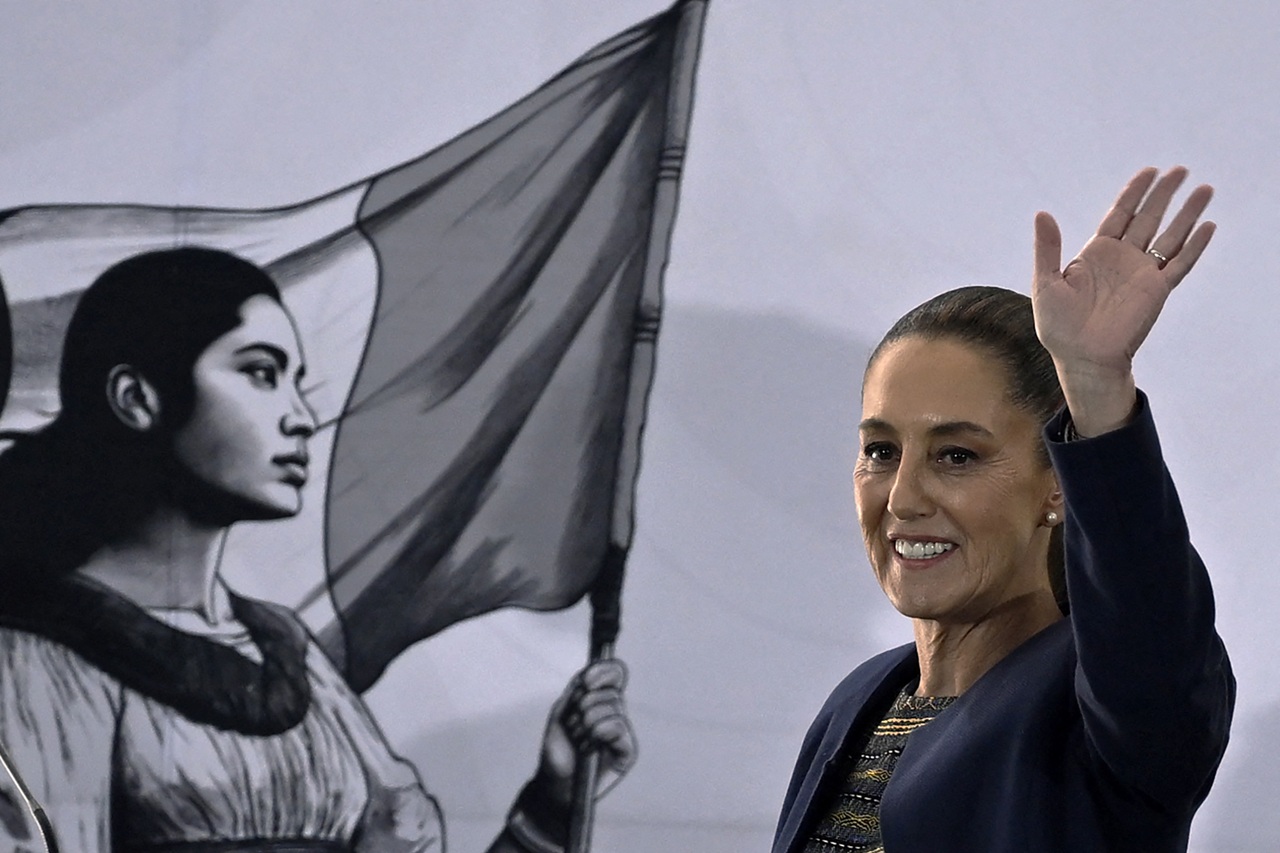


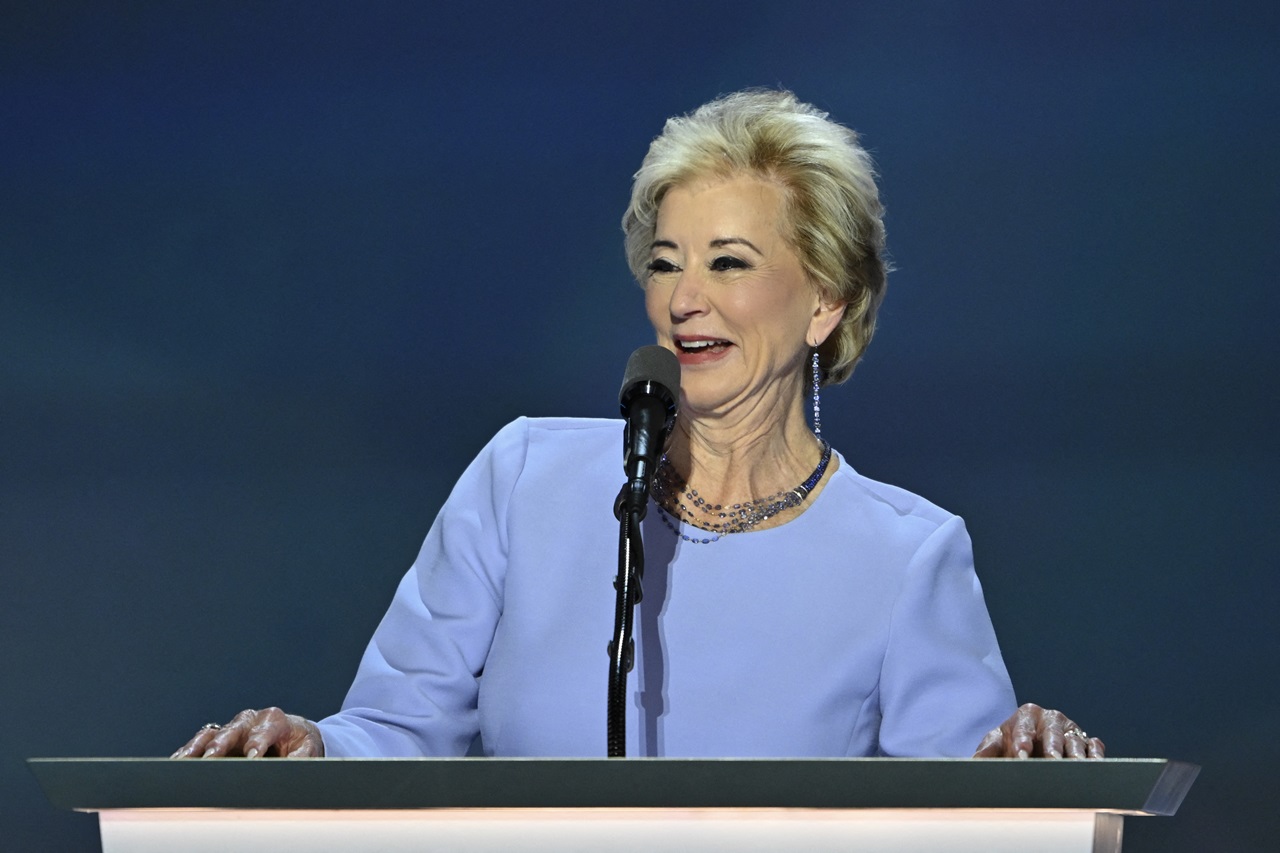
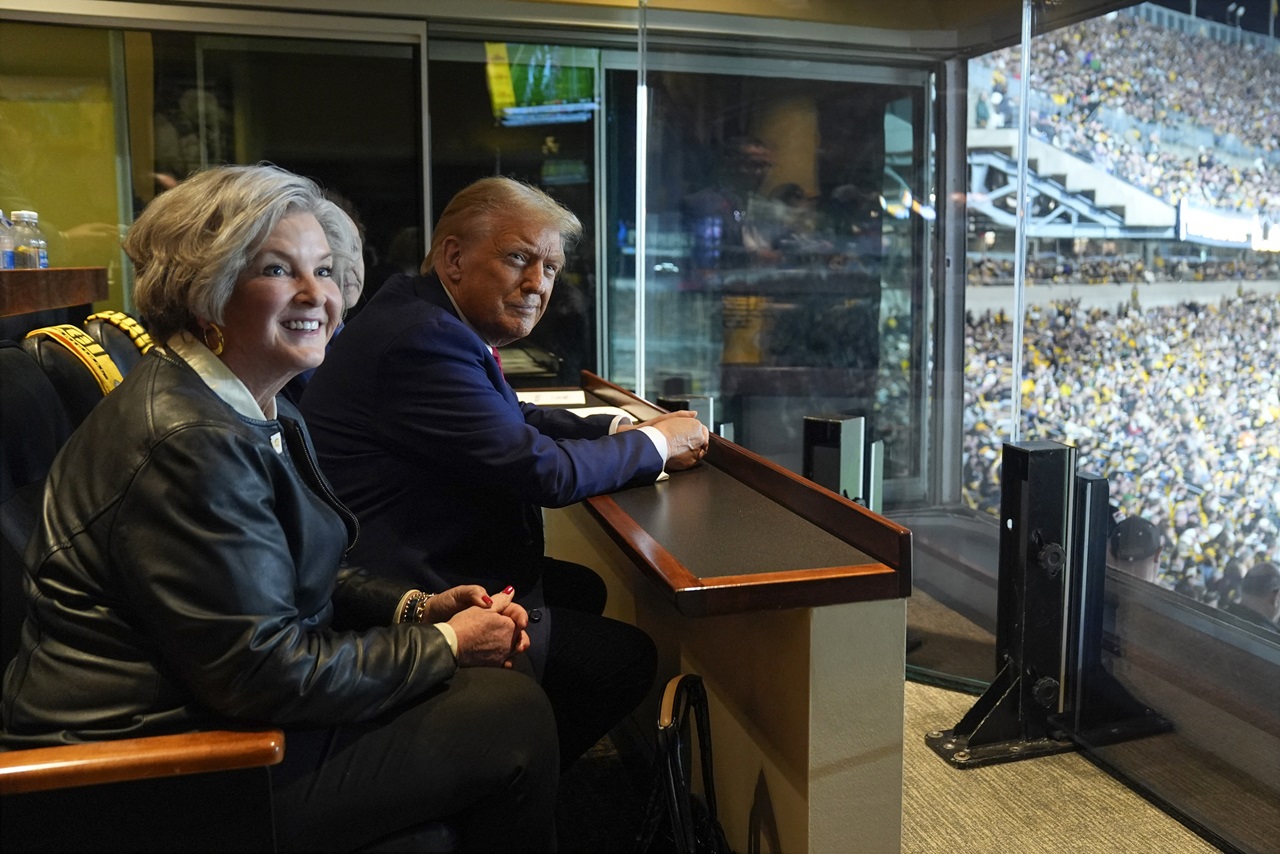
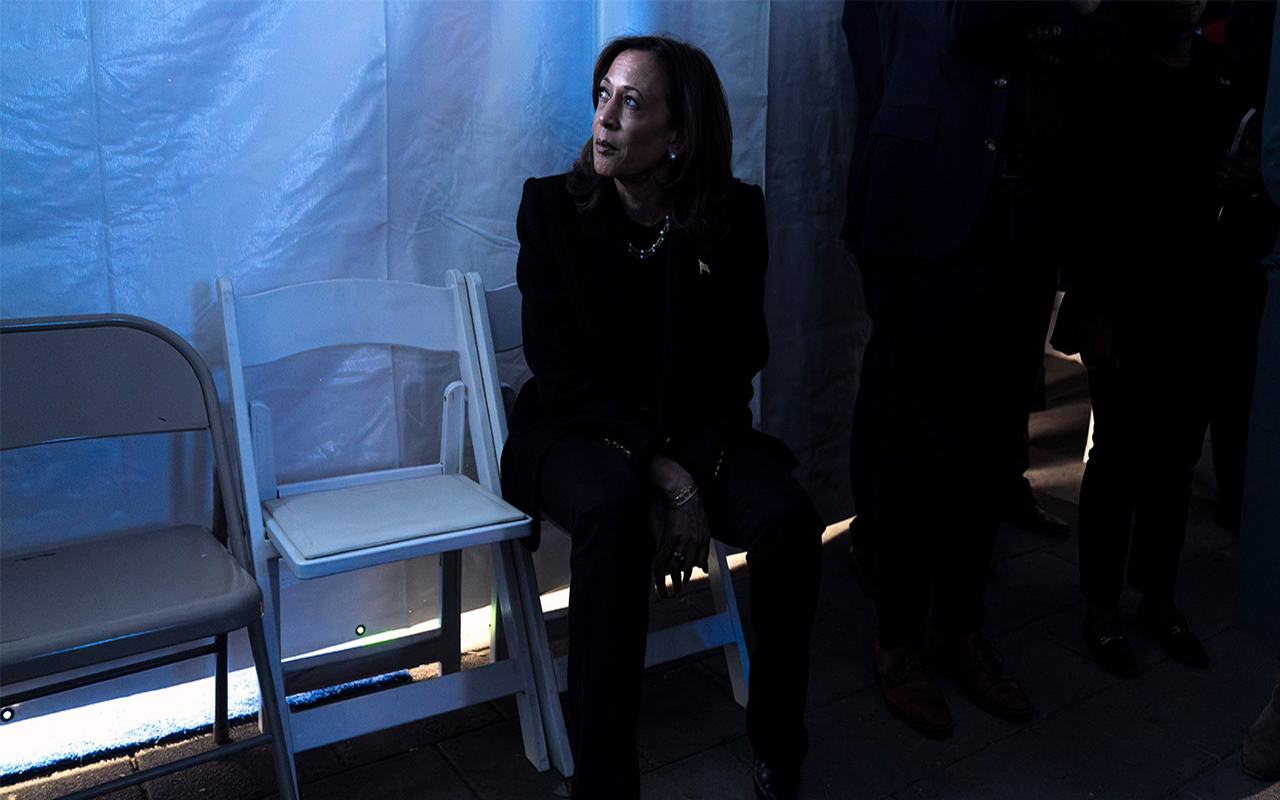
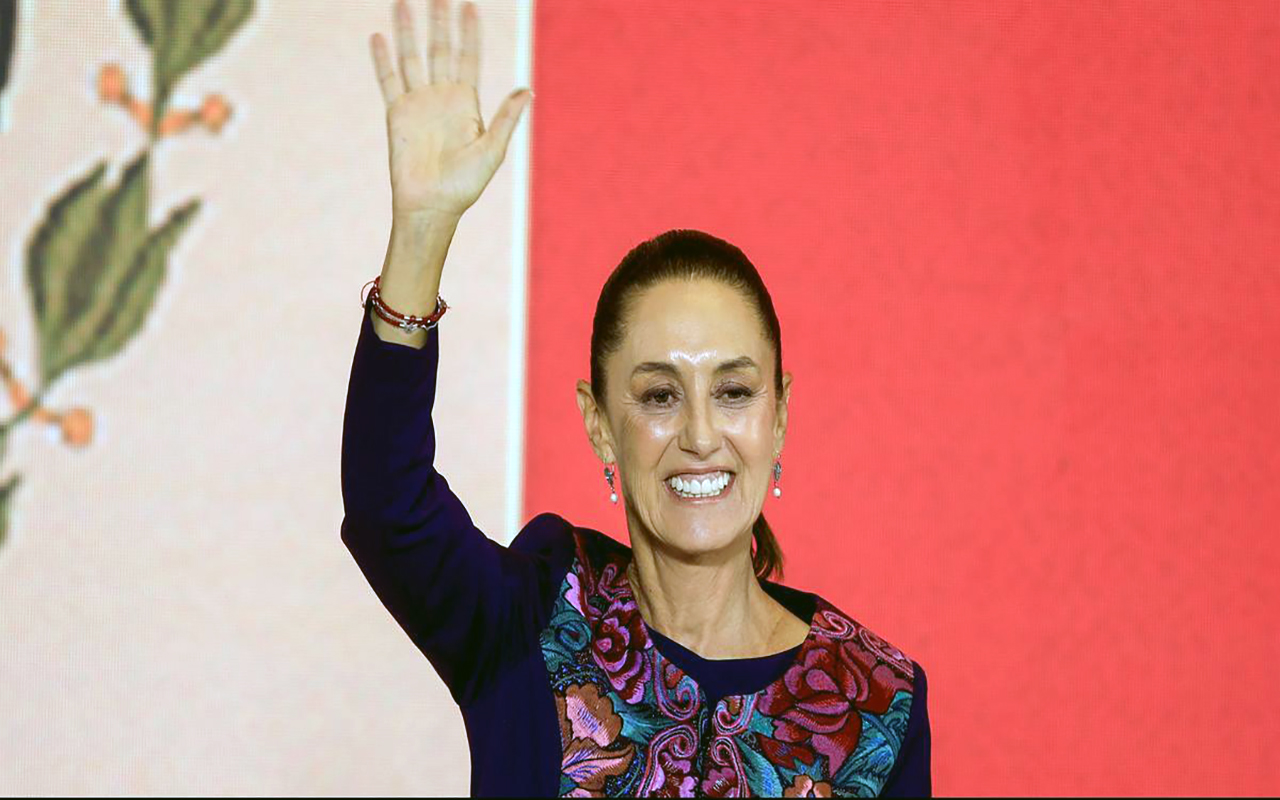


LEAVE A COMMENT: